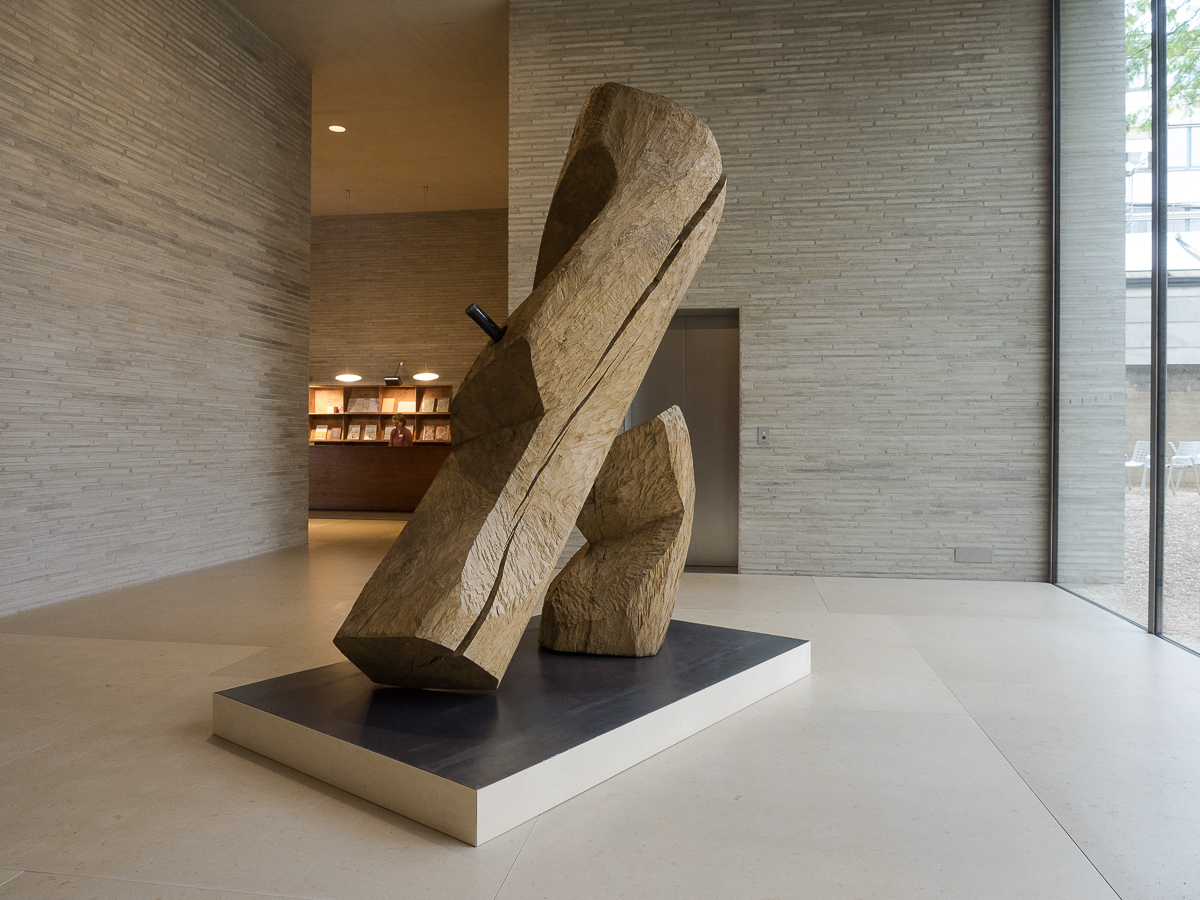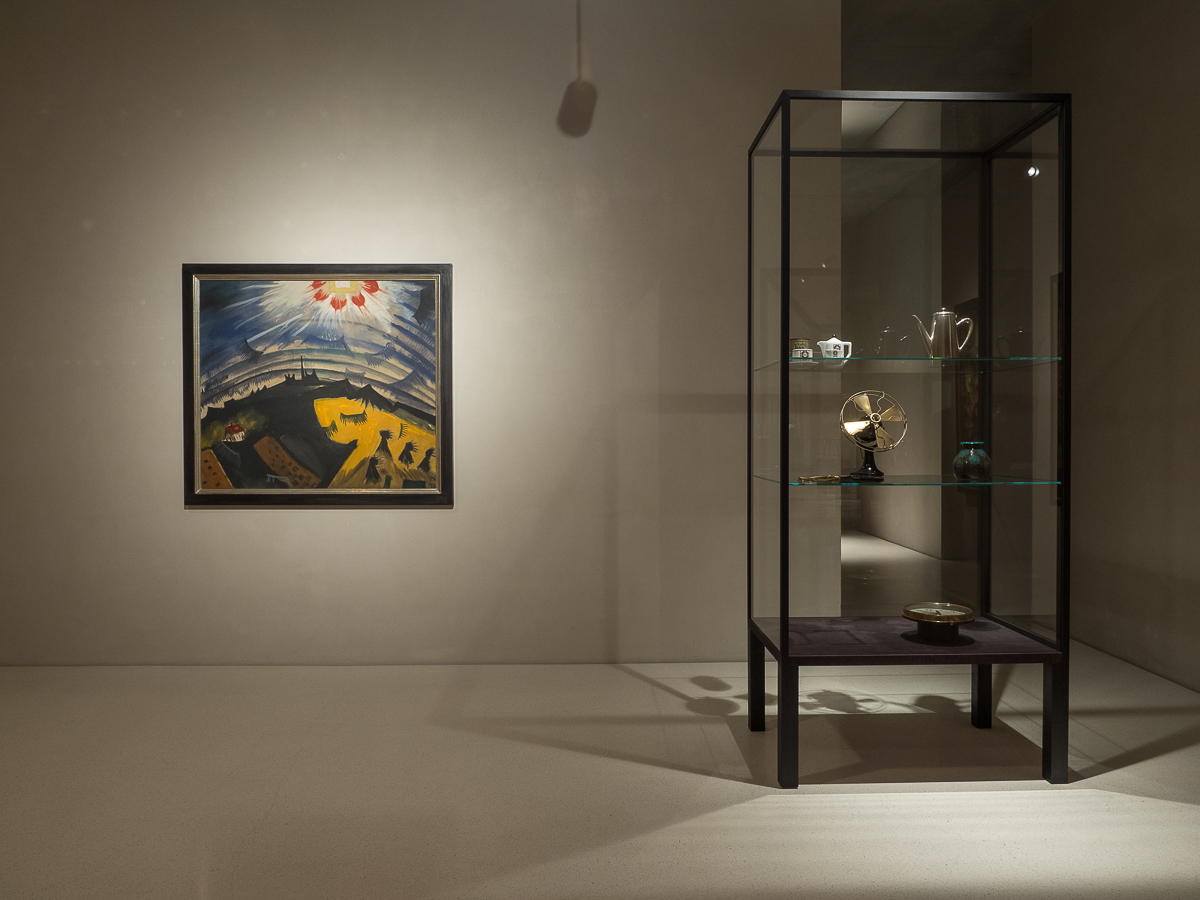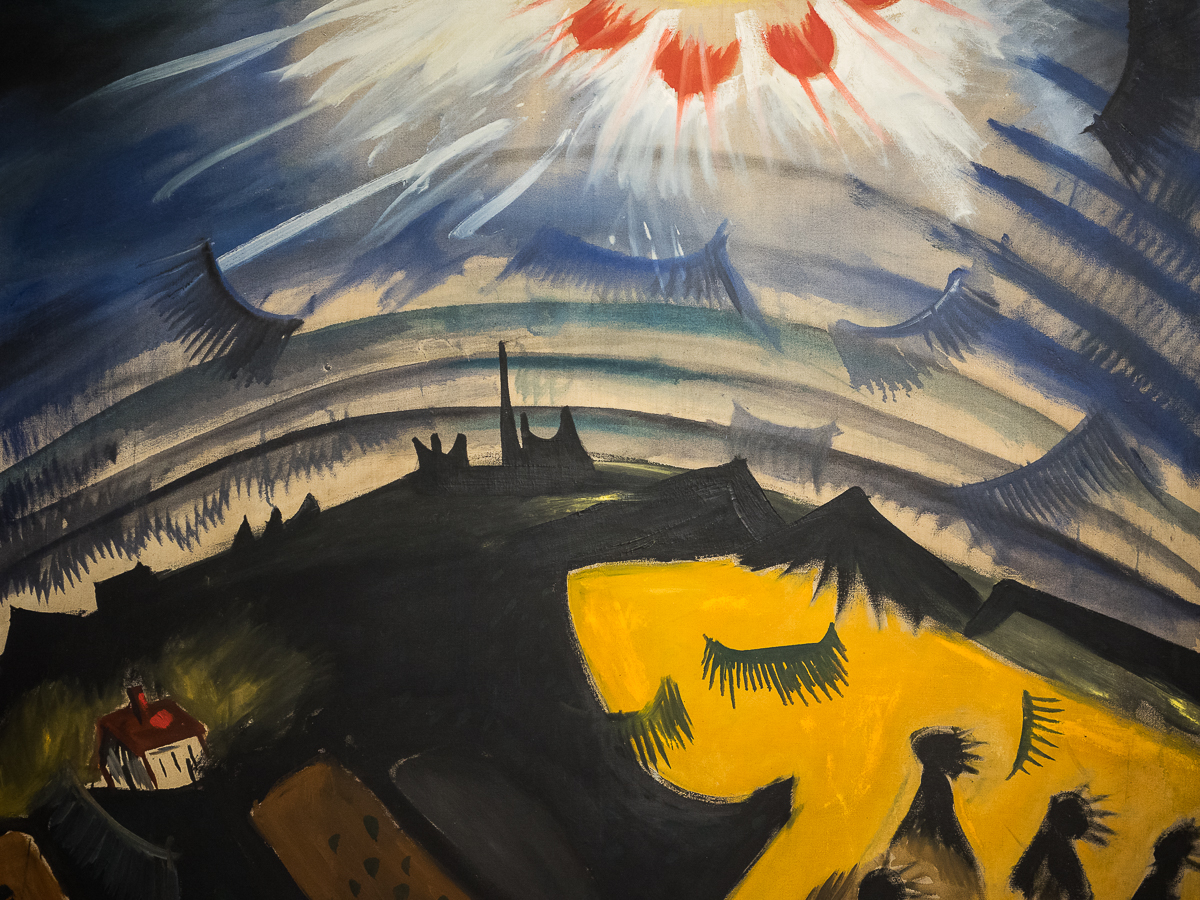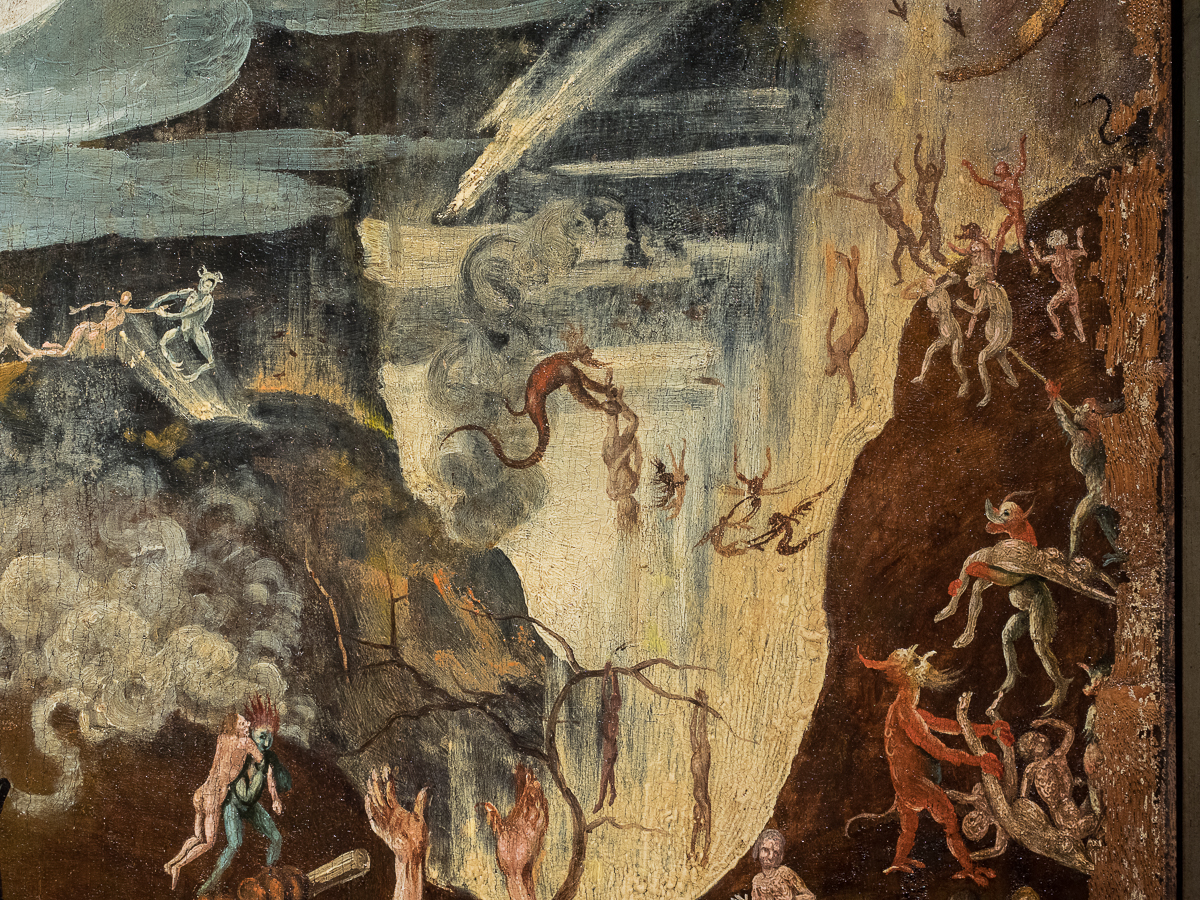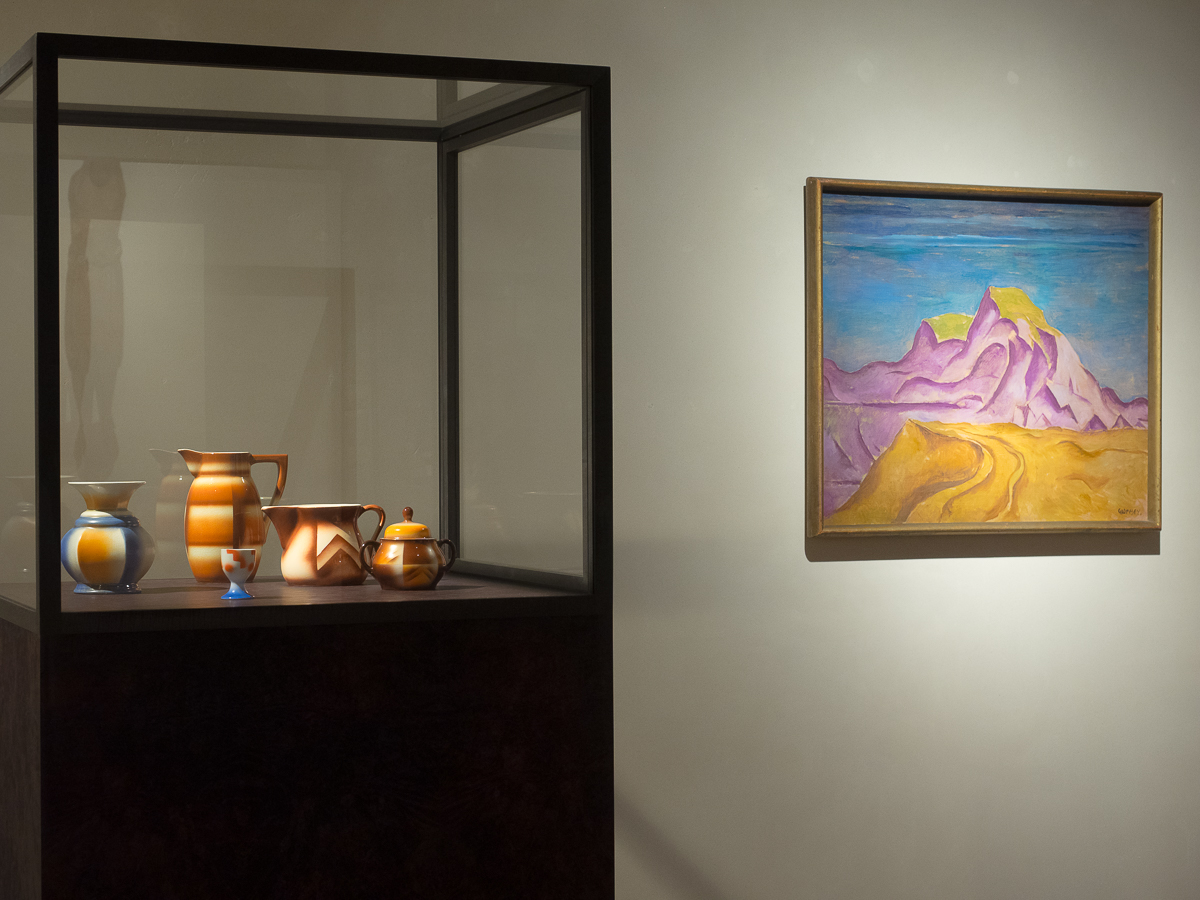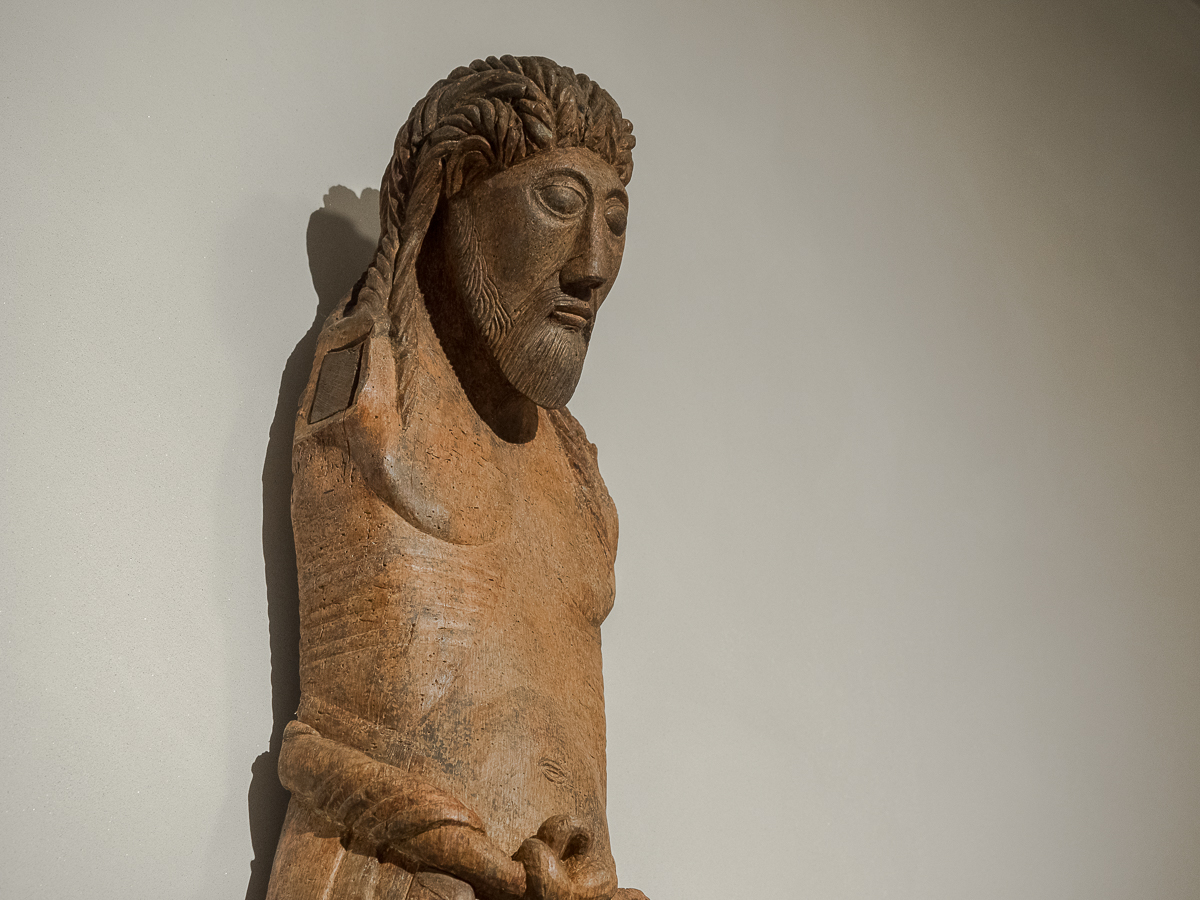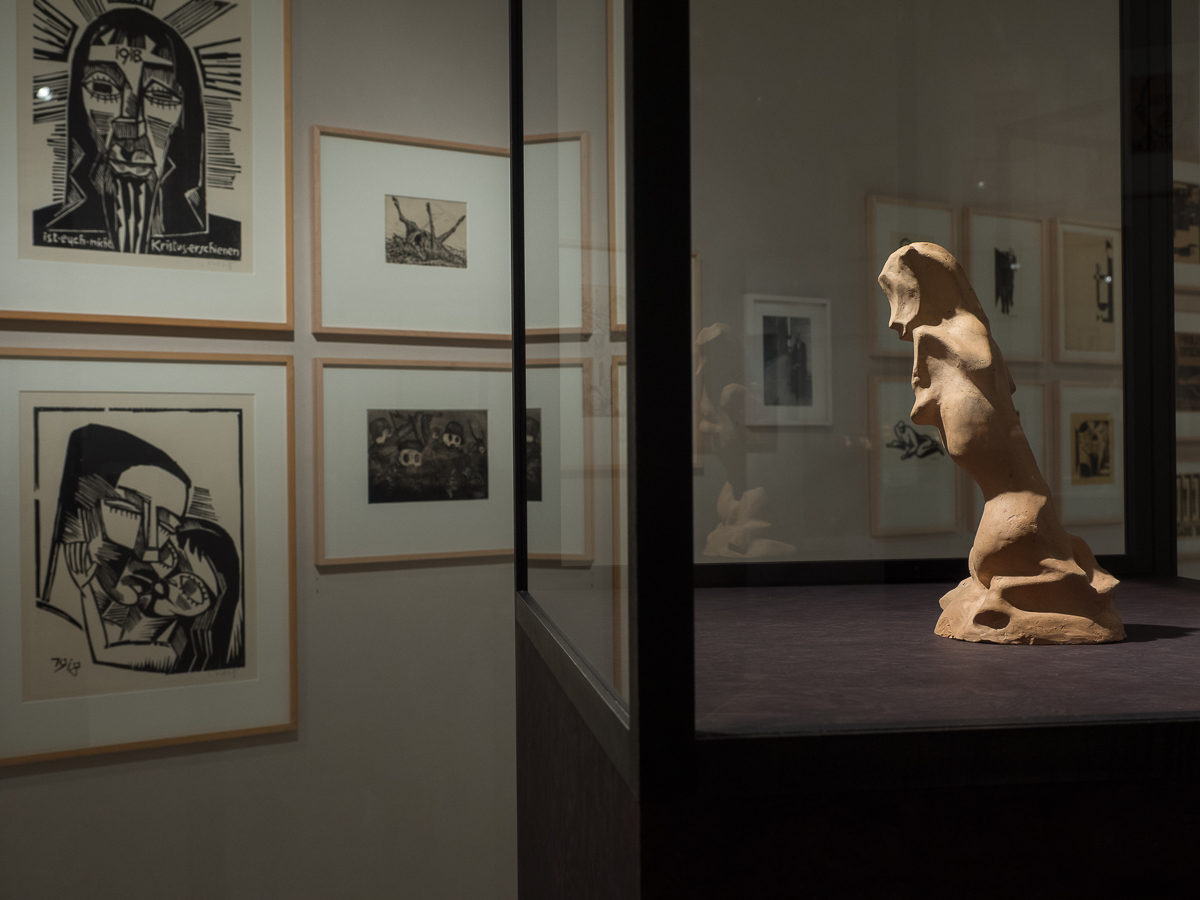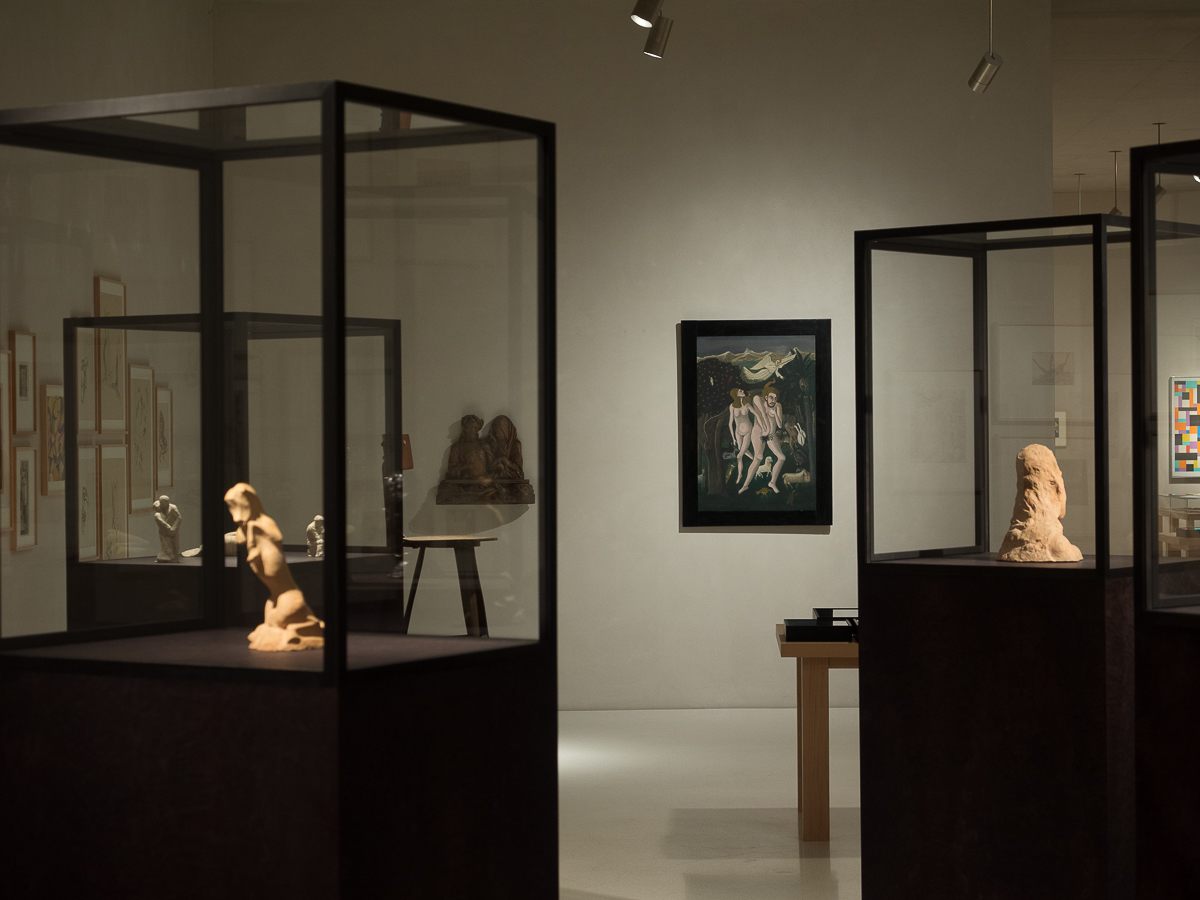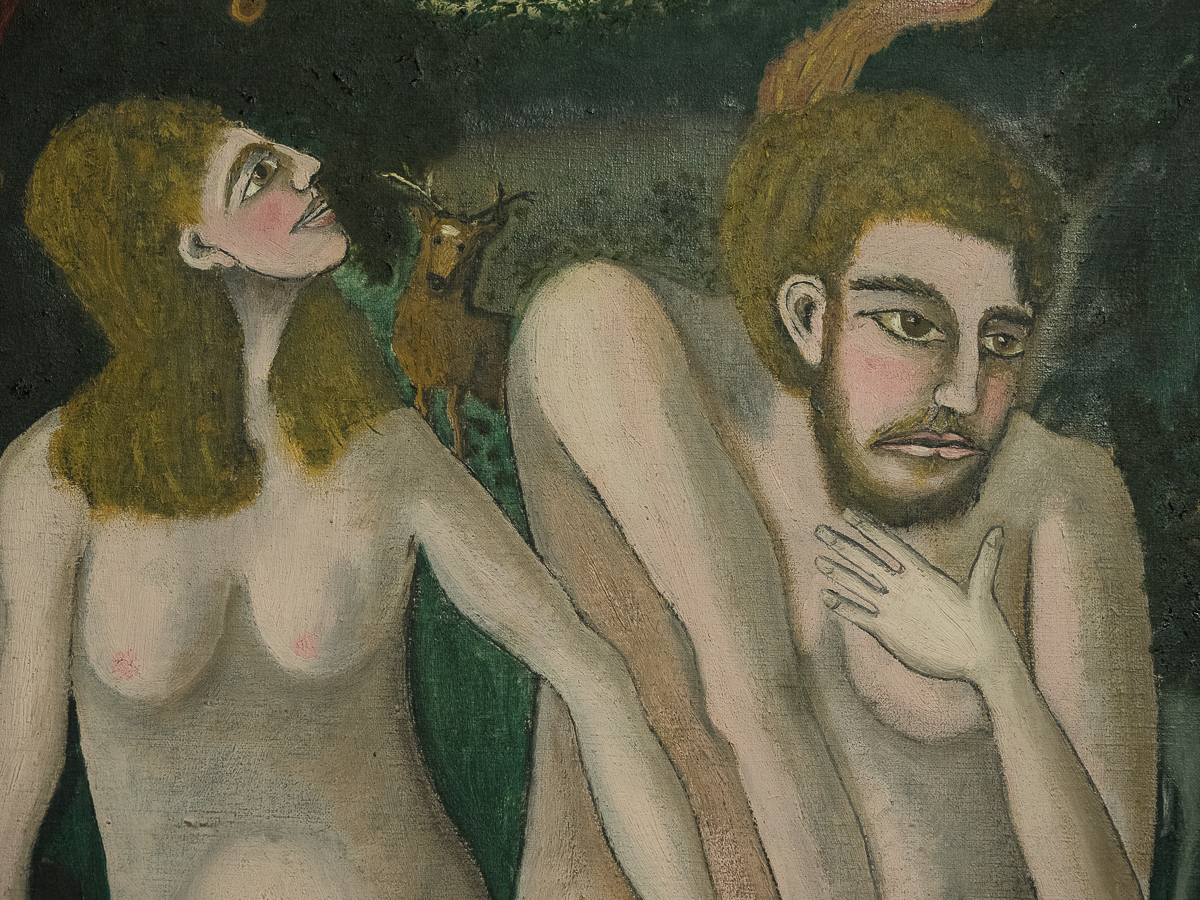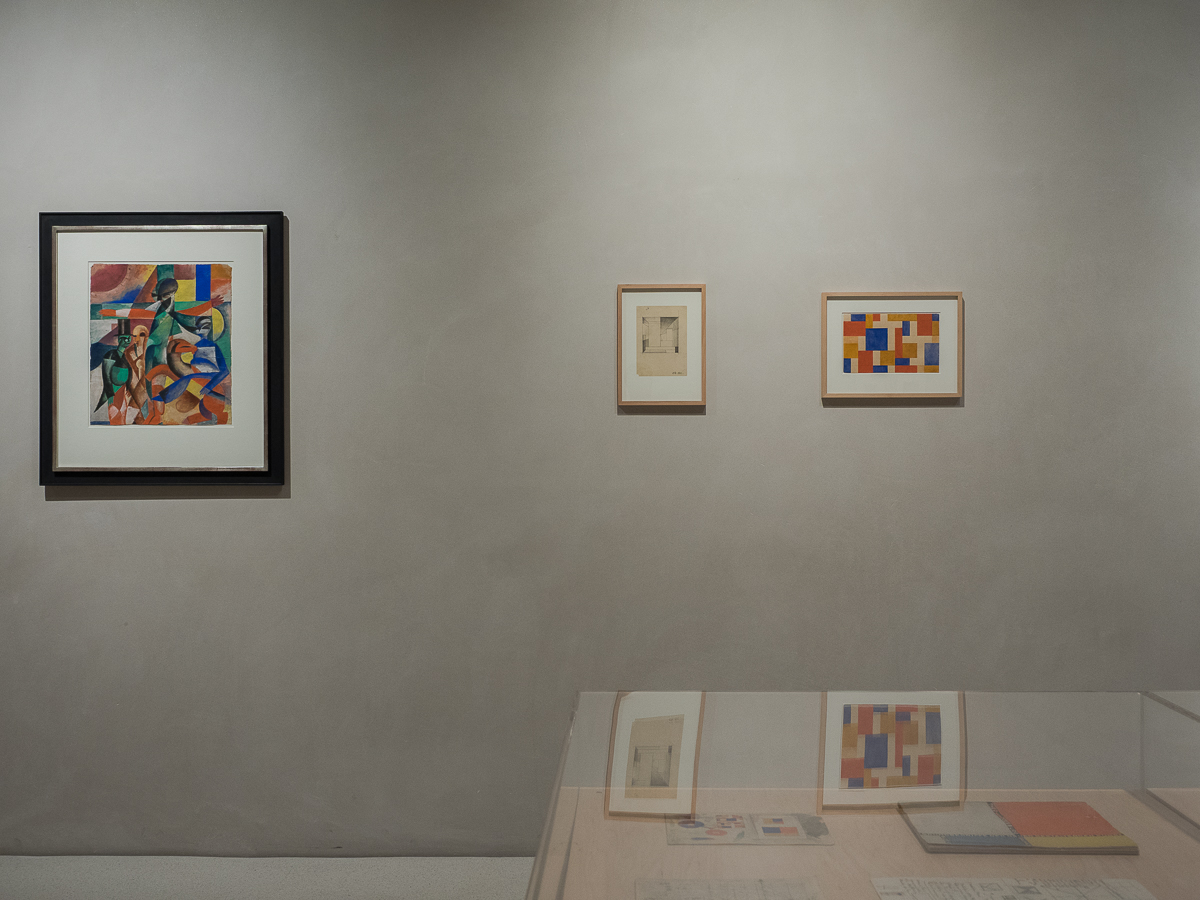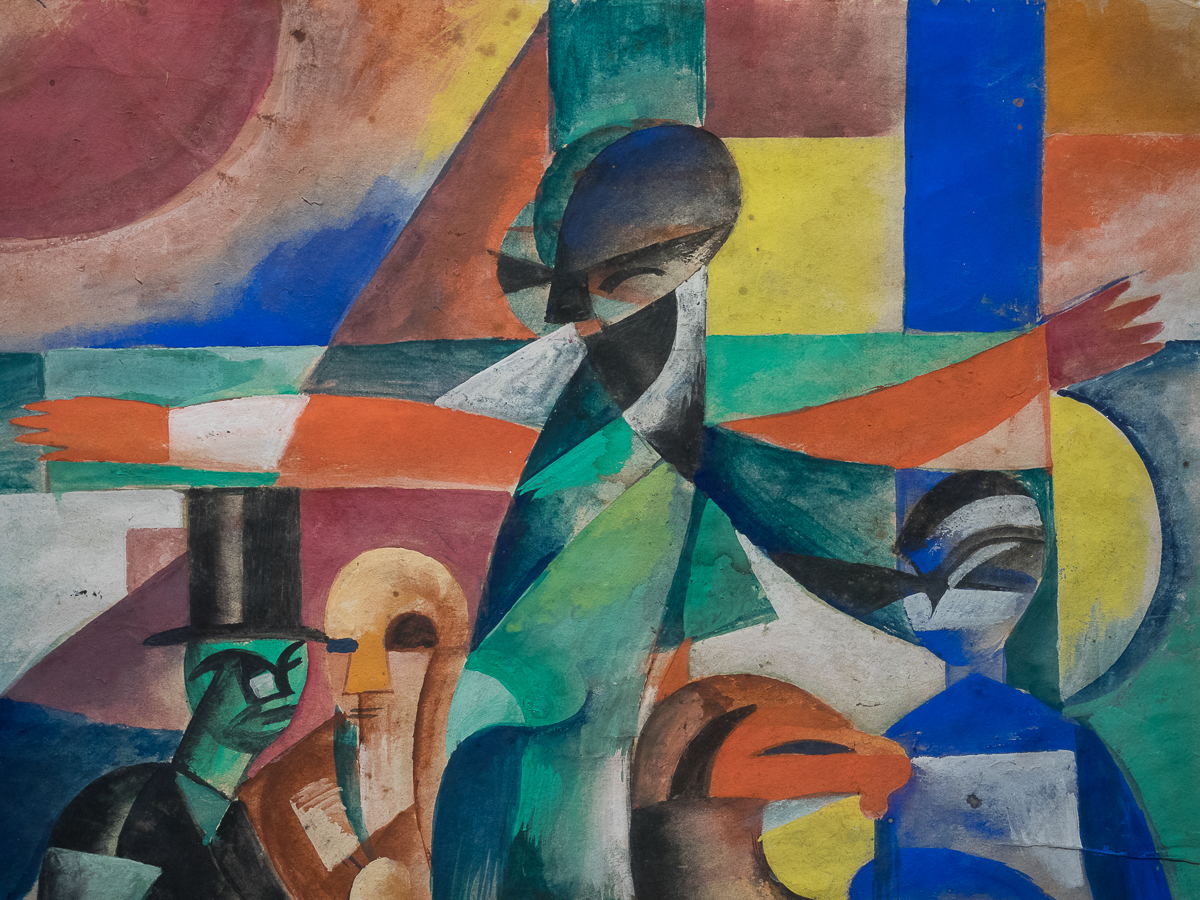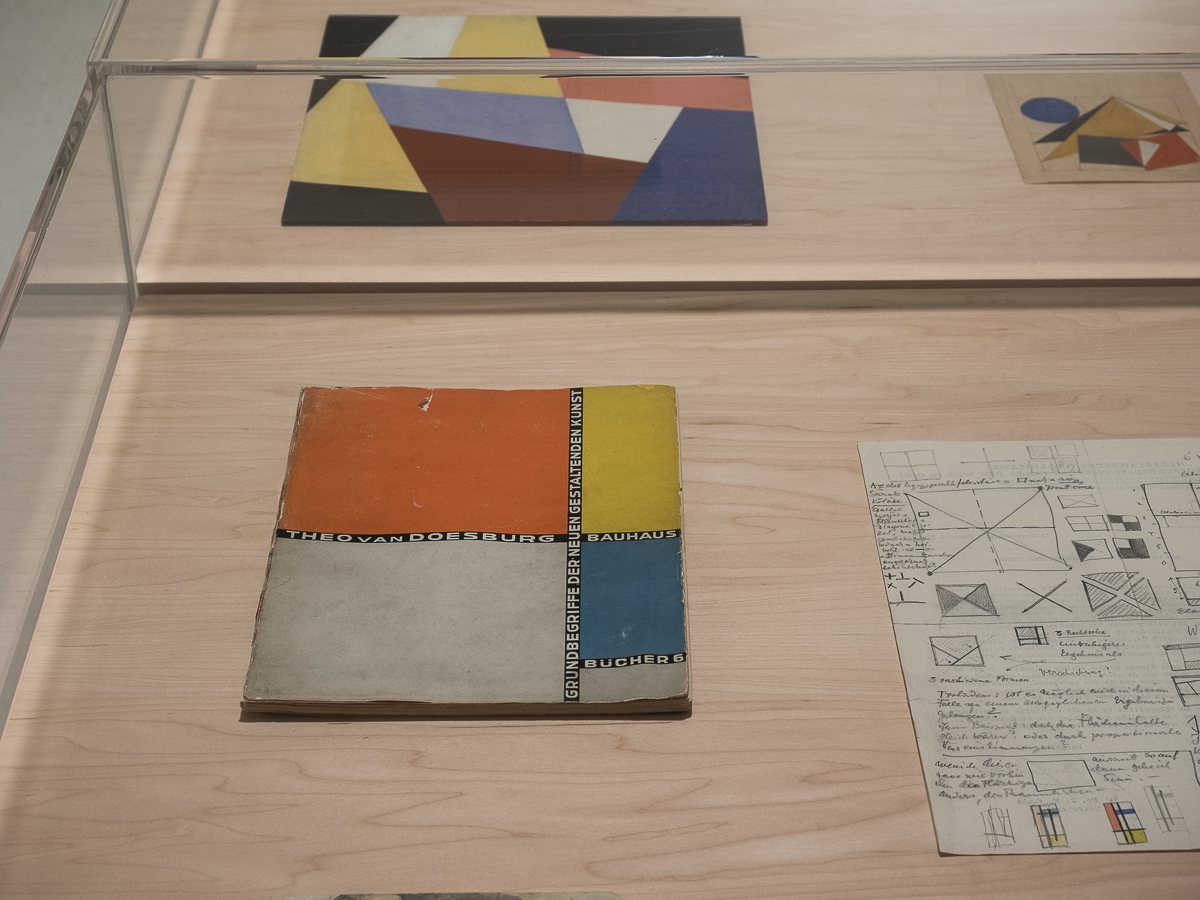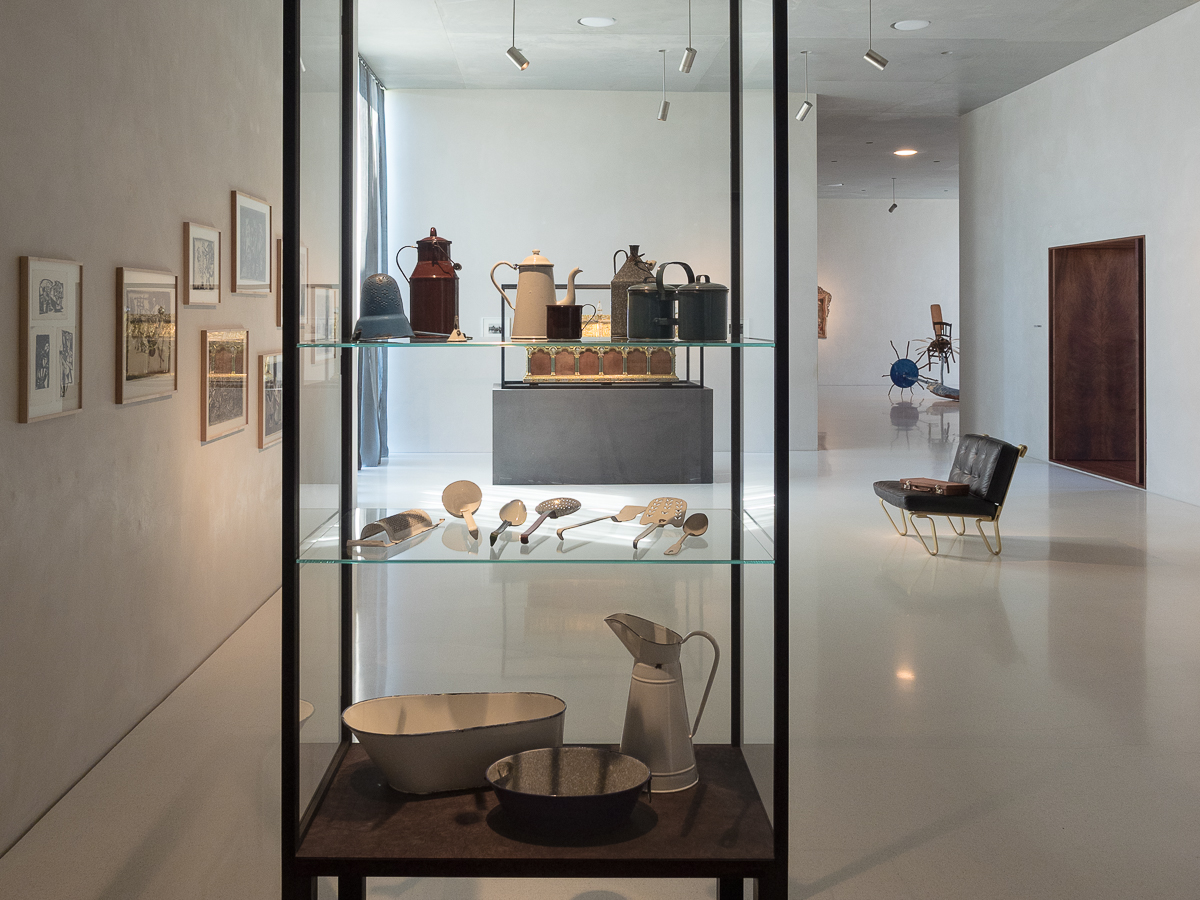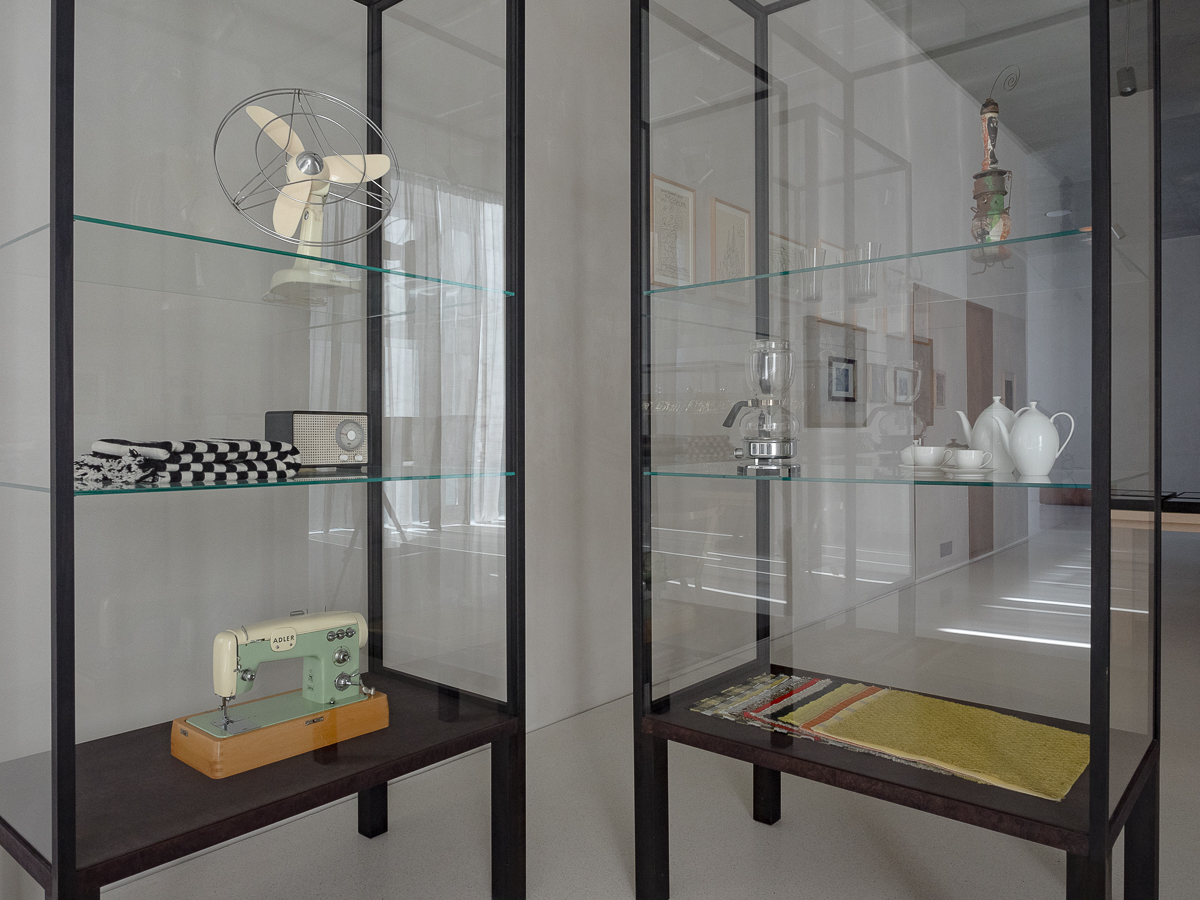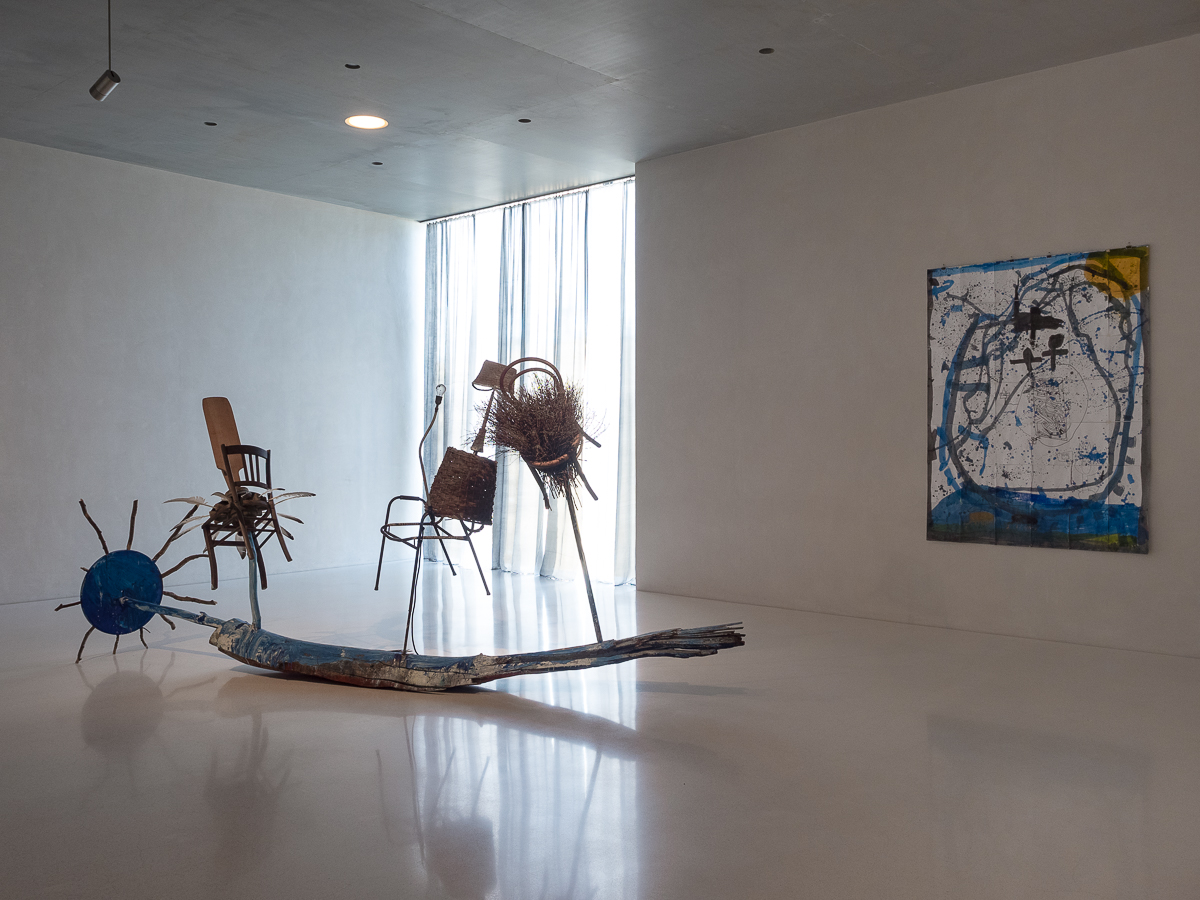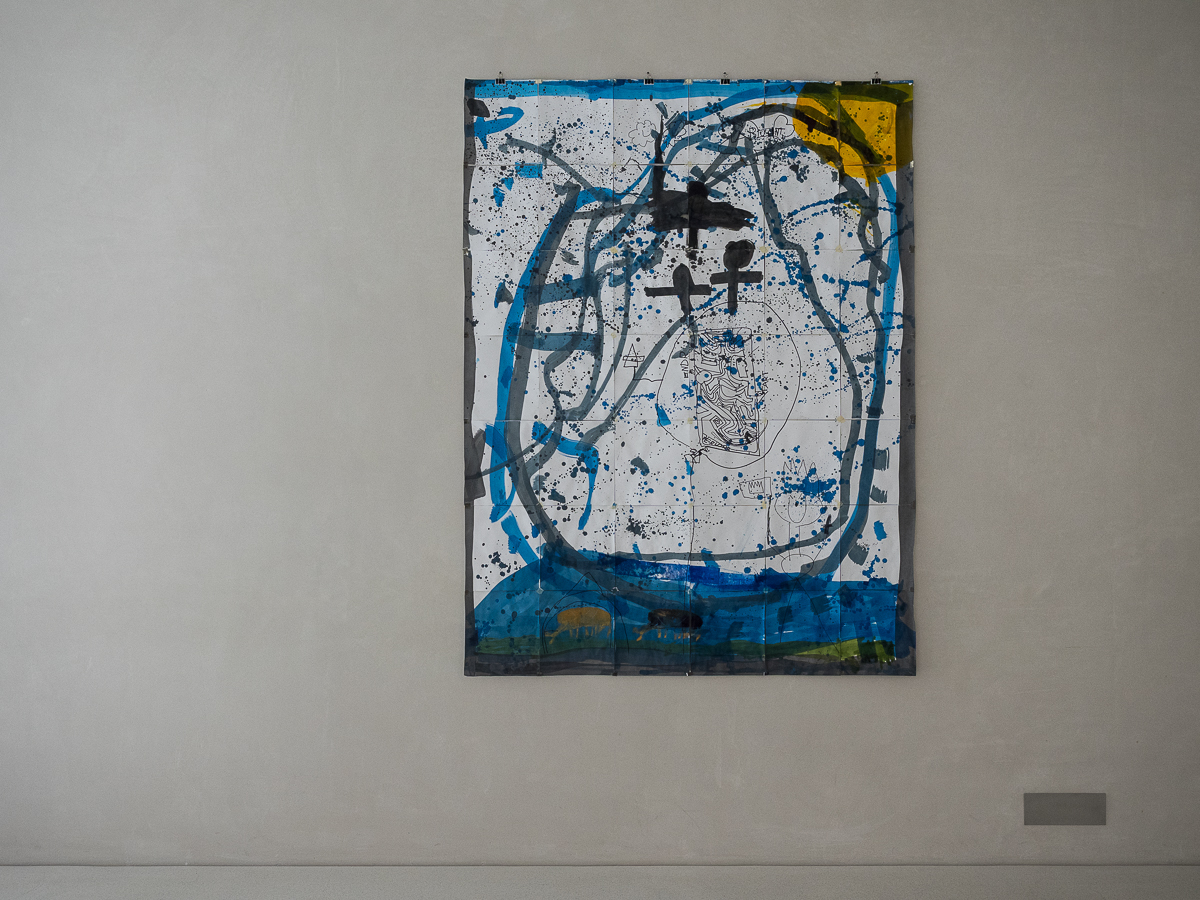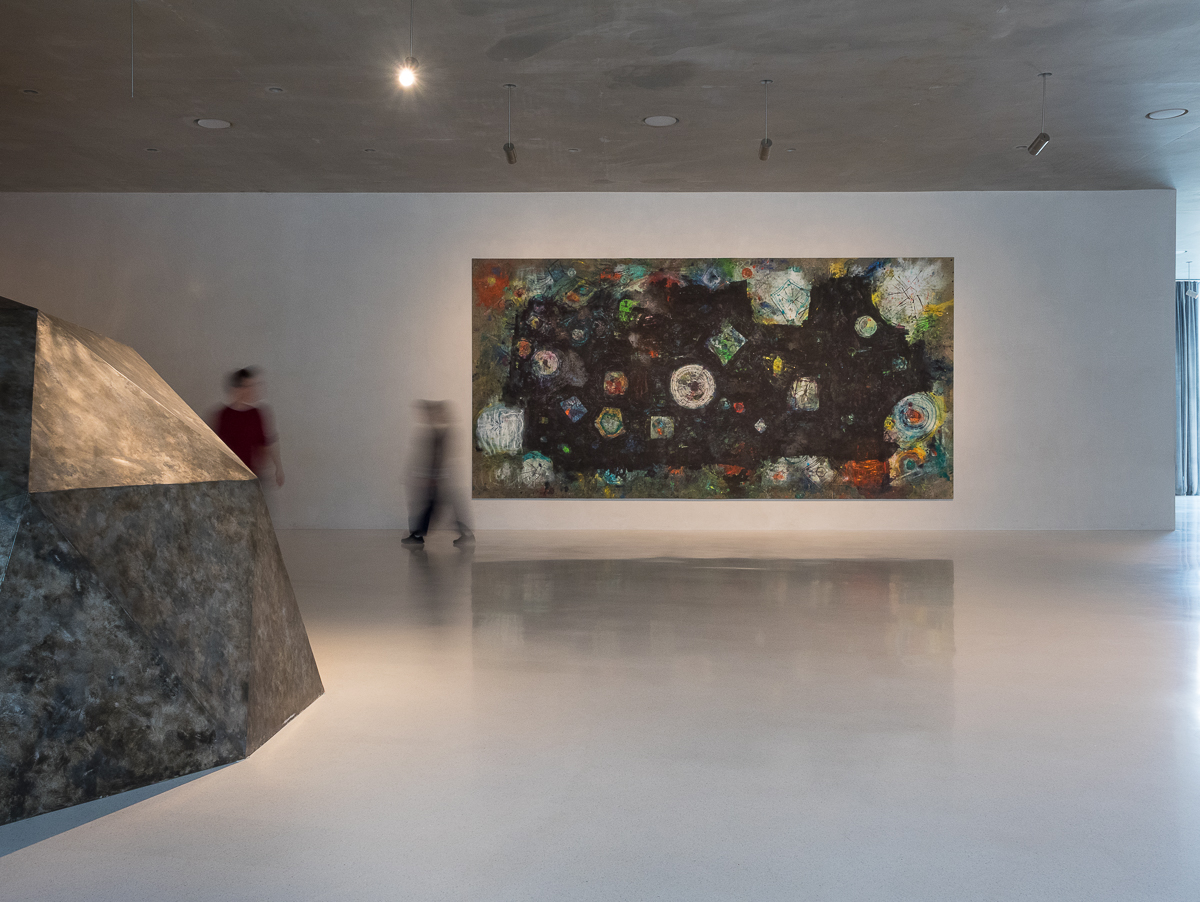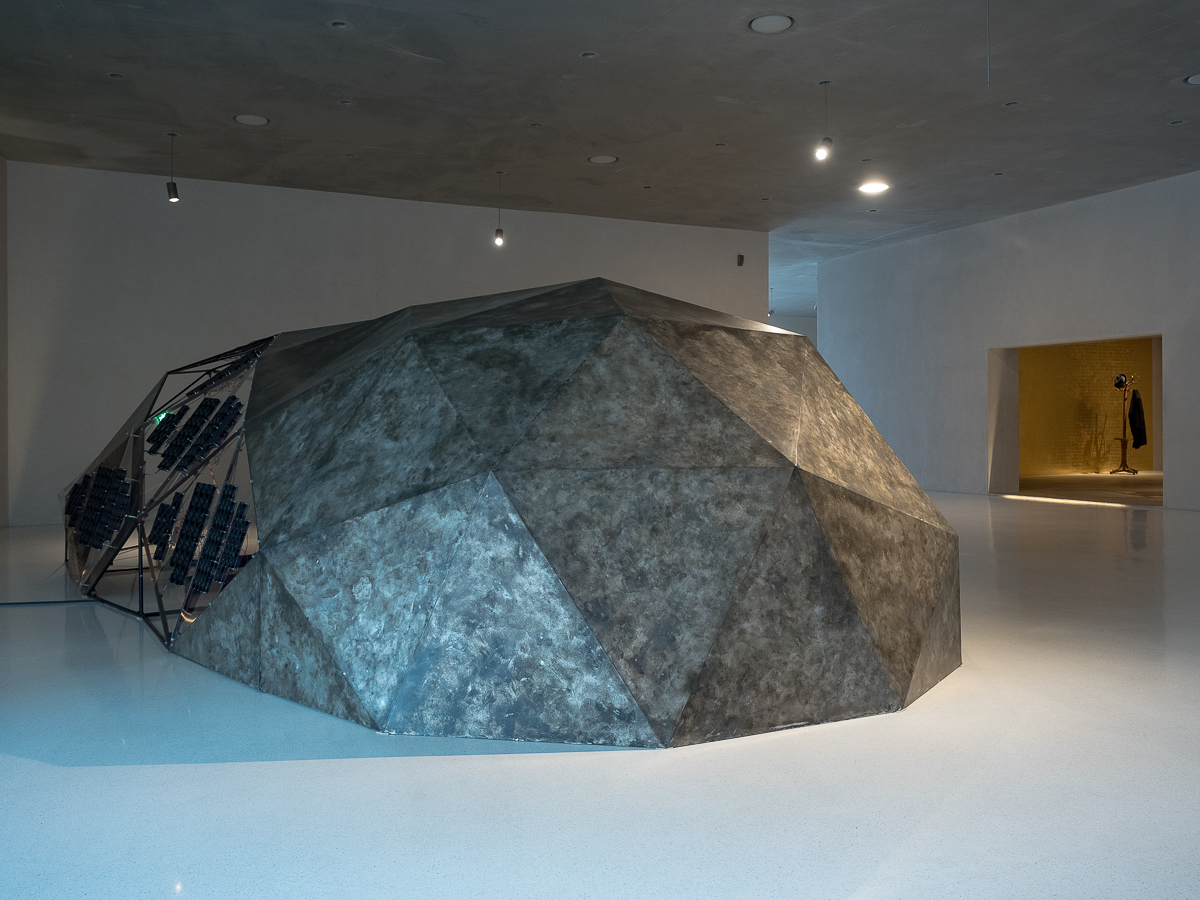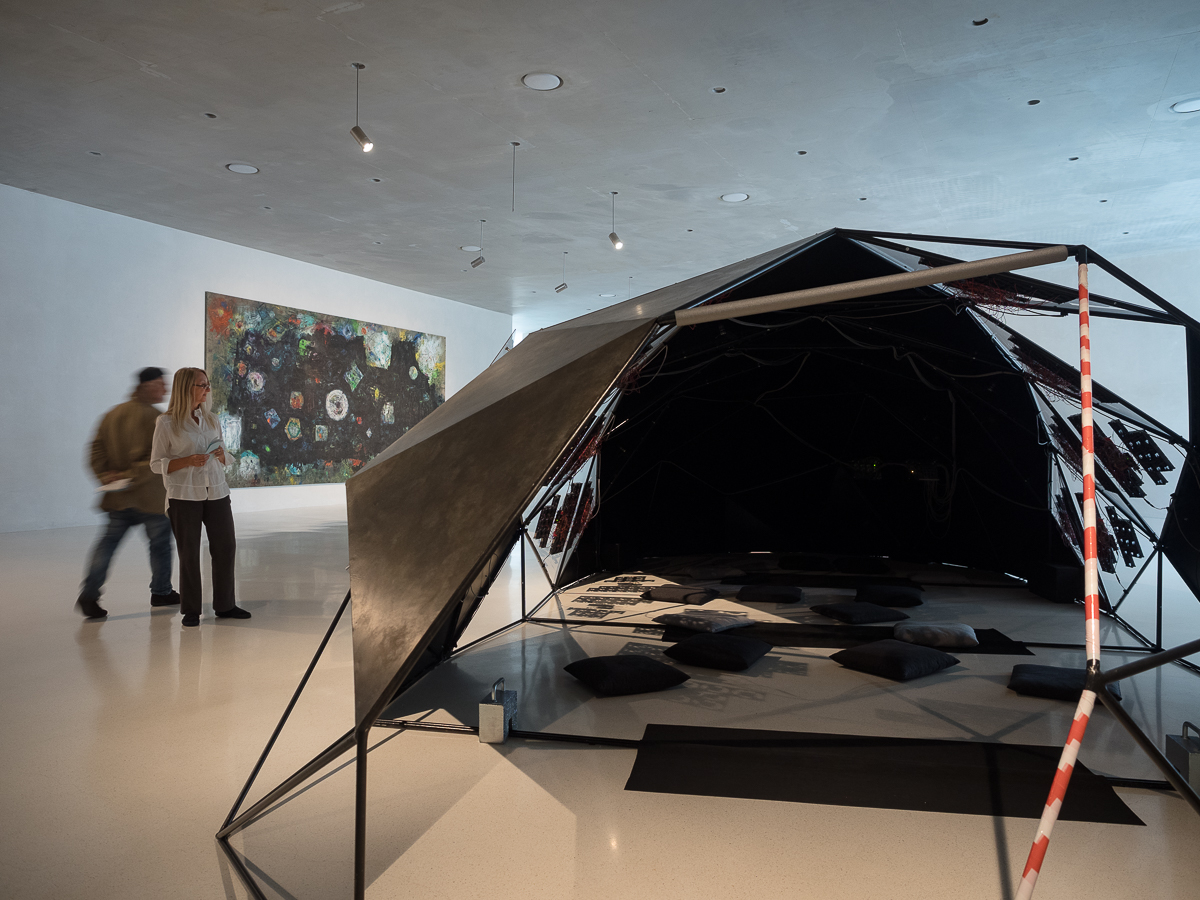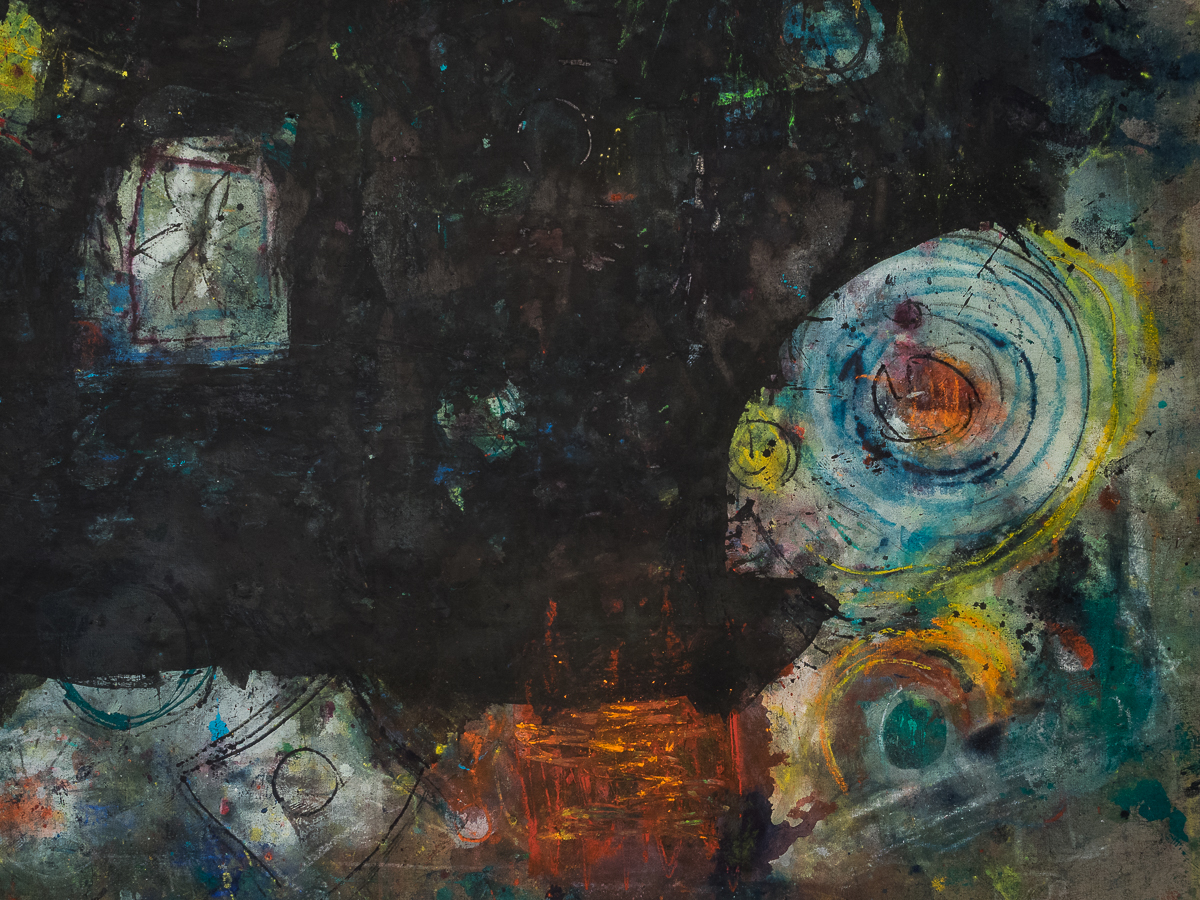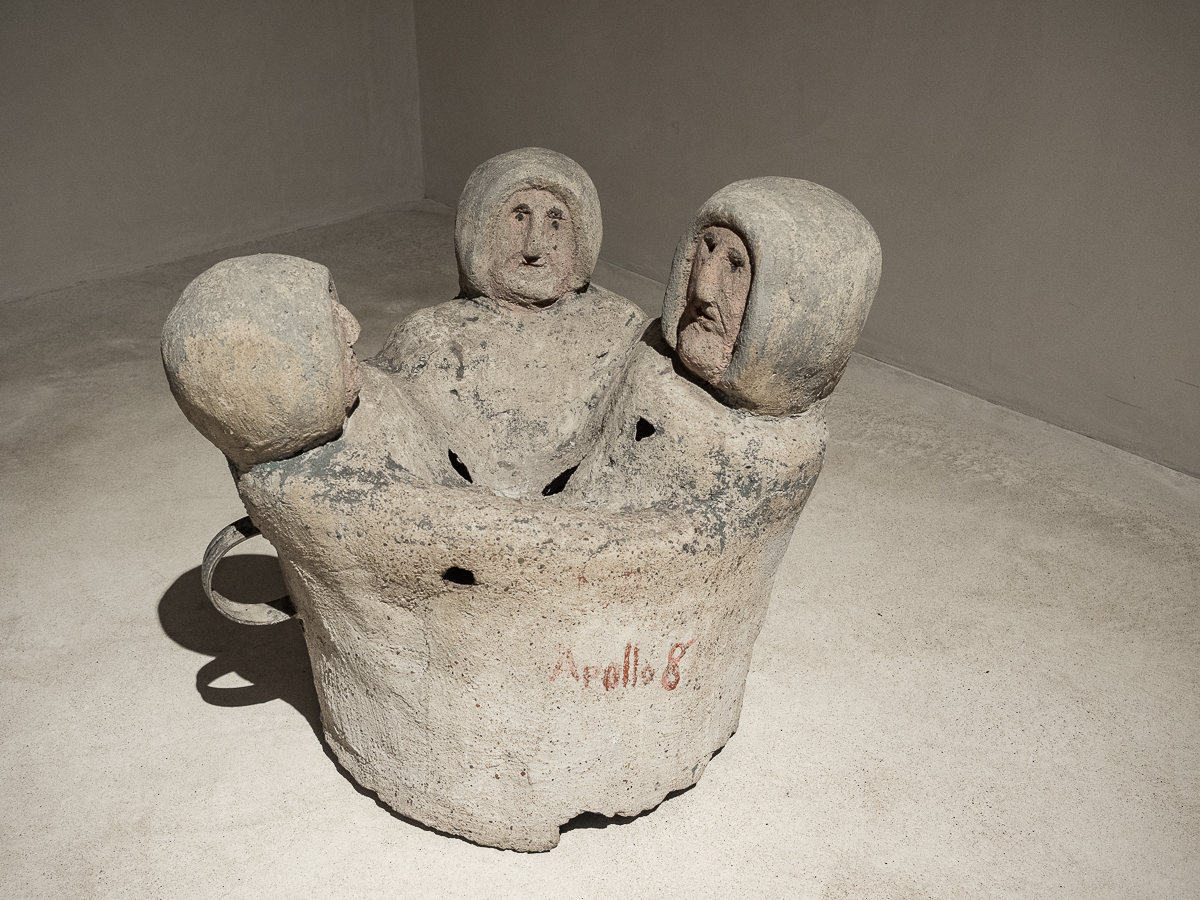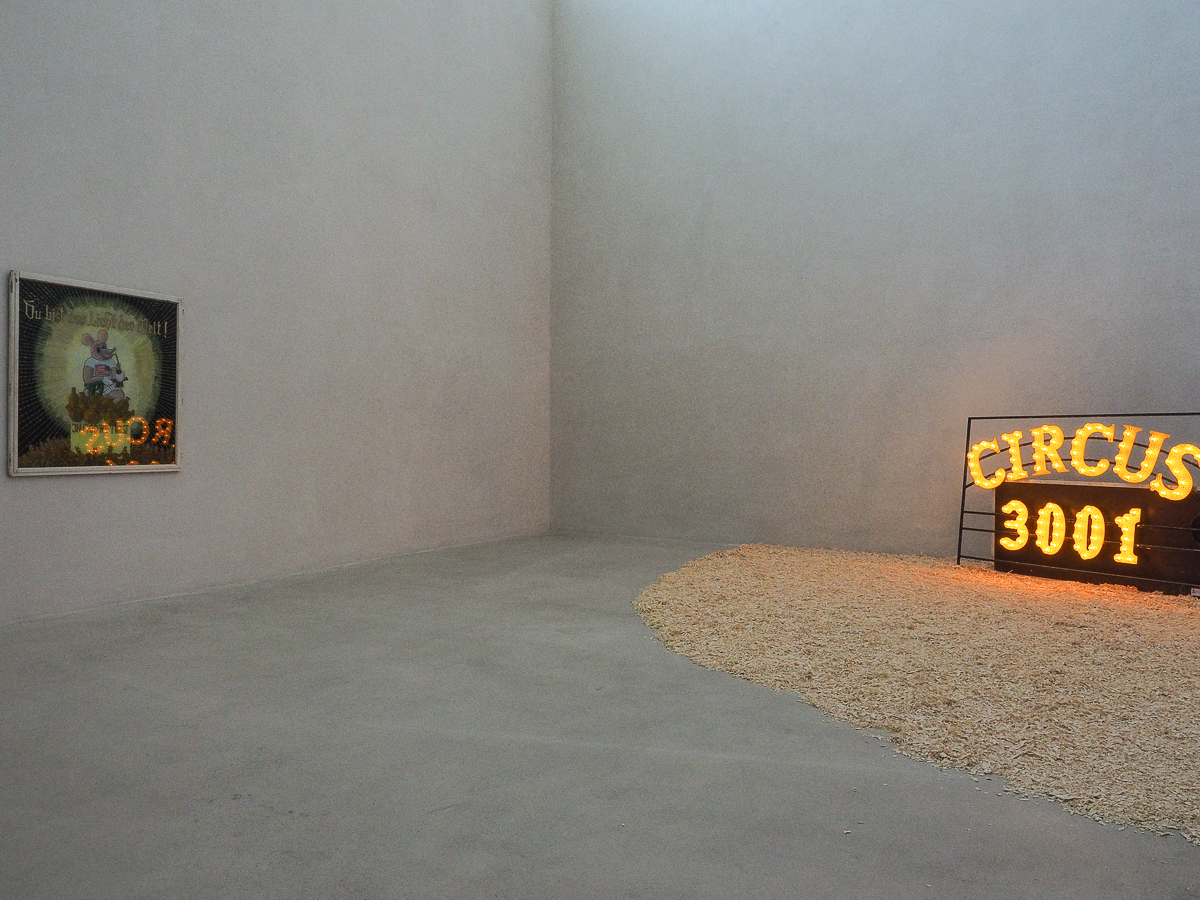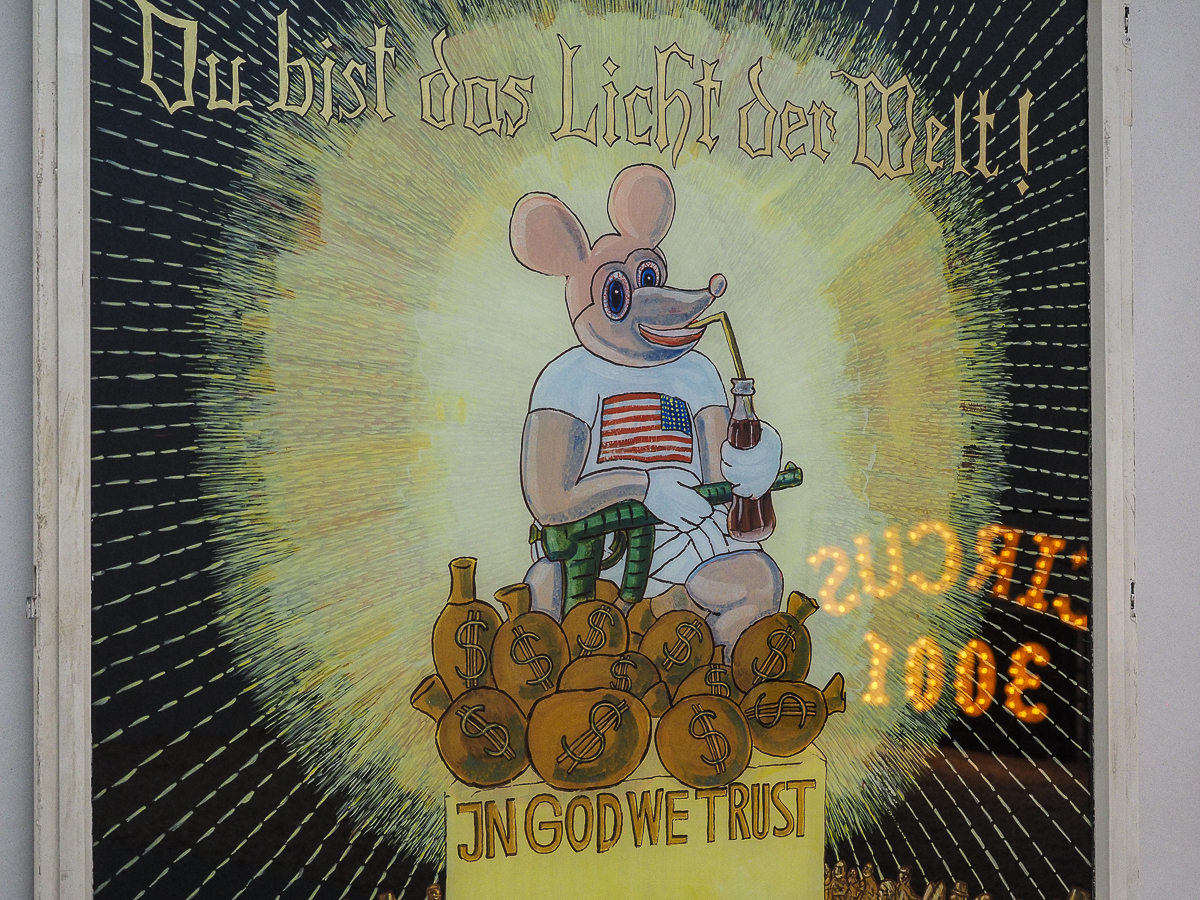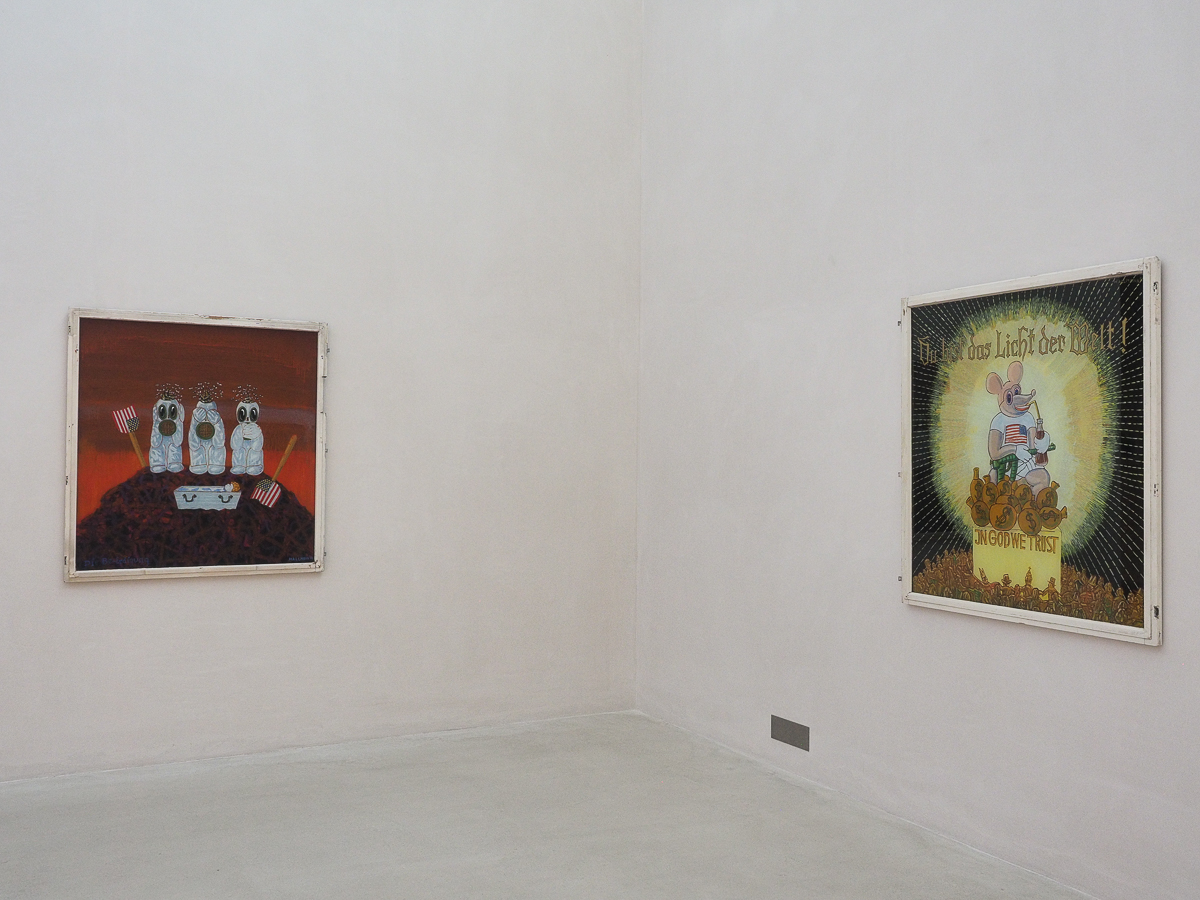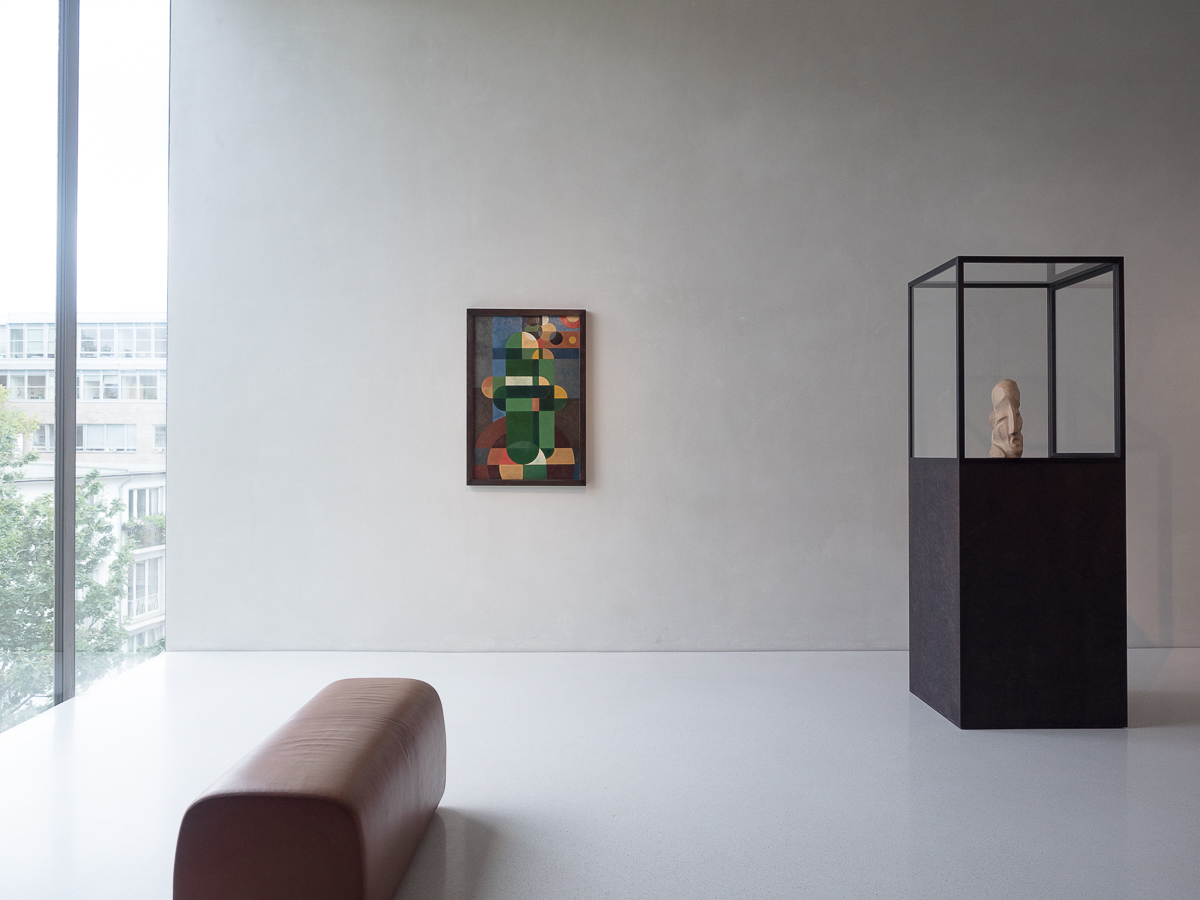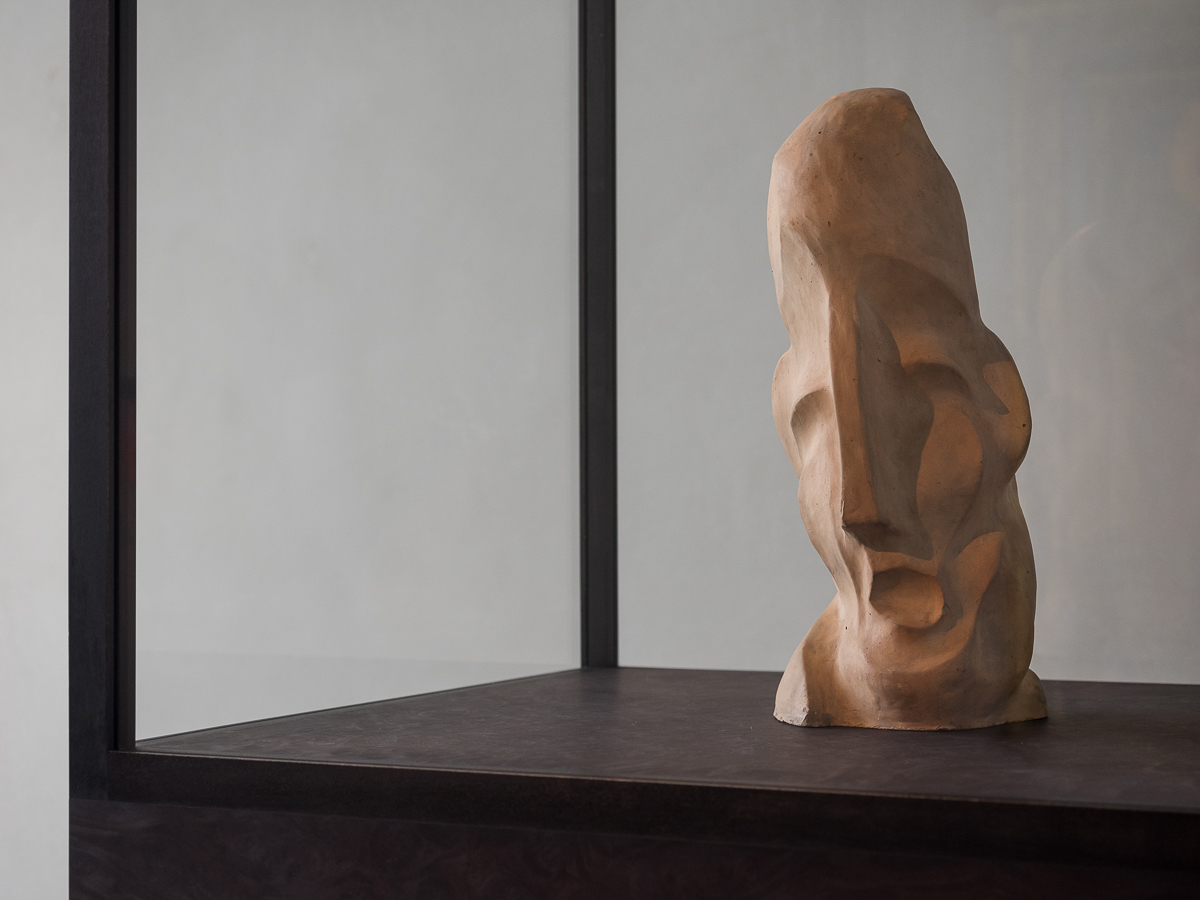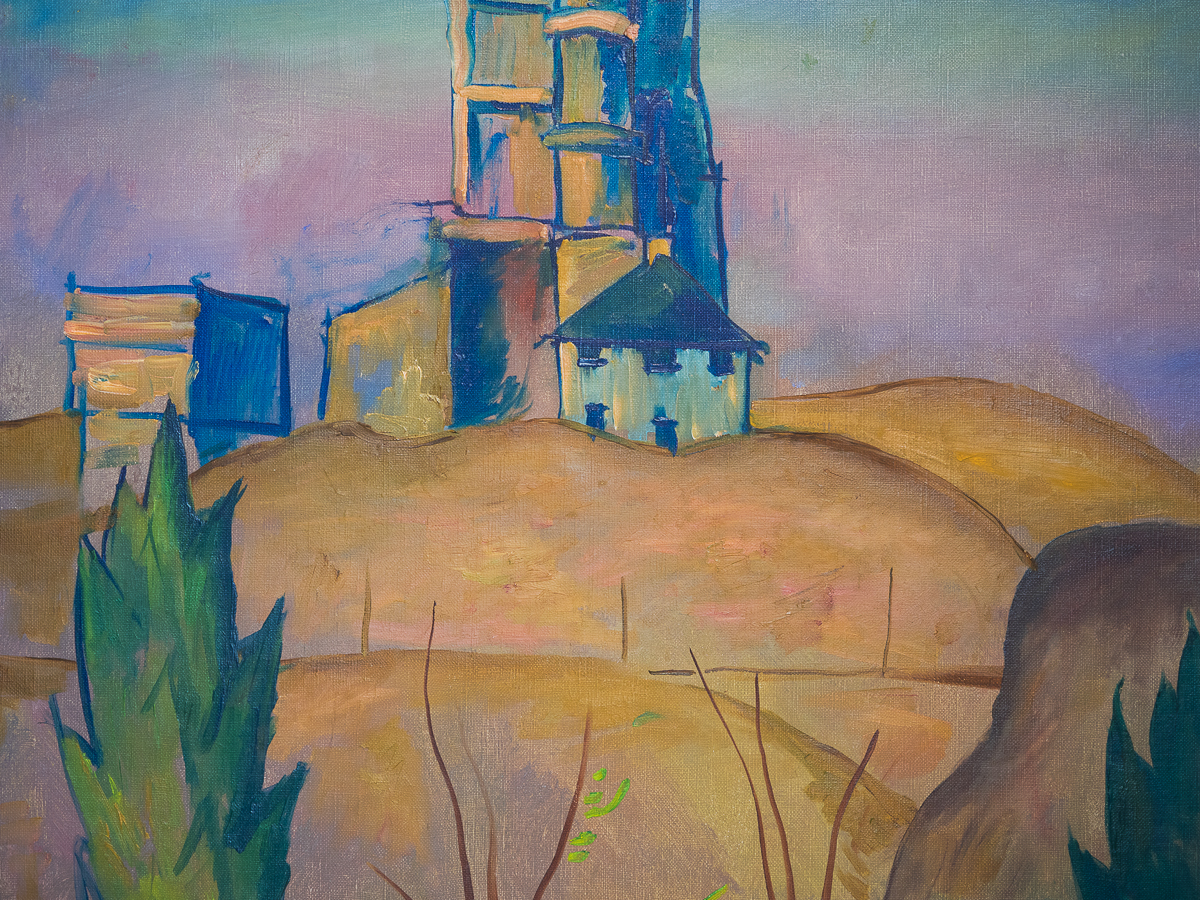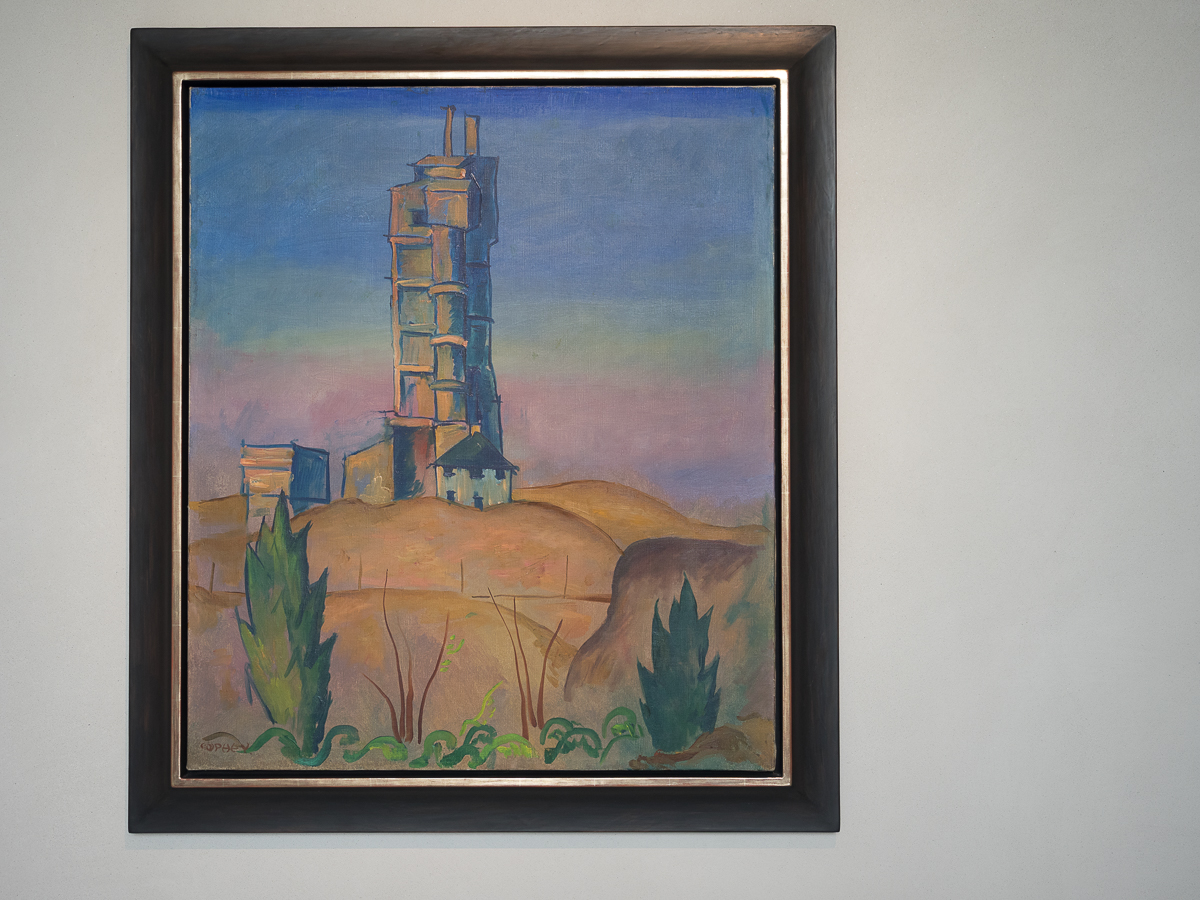15 September 2019 to 17 August 2020
New Beginnings
1919 49 69ff.
»New Beginnings« is the title of an exhibition about art in times of crisis. We begin in 1919 and honour the founding in that year of the Bauhaus, Young Rhineland (Das Junge Rheinland) and the artists of the Cologne Progressives group. We probe the ability of the collection around thirty years since its conception to bring to life the shared aesthetic features of wide-ranging posthumous Modernism. After tracing the aspirations, utopias and difficulties of the twenties, we turn to focus on the collapse during the Third Reich, leading us to recognize the year 1949 as a second milestone. For the building of the Kolumba chapel, which was inaugurated in that year, was one of the most significant new beginnings in Cologne after 1945. Particular tribute is paid to the Cathedral Jubilee in 1948 and the reliquary procession on this occasion, along with the Romanesque Shrine of Saint Albanus (Albinus) on loan from St. Pantaleon to Kolumba. If we make a bold attempt to divide the collection, which has grown over the past thirty years, into historical periods and communicate these with aesthetic means, all media come into play – from medieval times to modern art, from the panel picture to the electrical clock. The exhibition grounds its contemporary relevance on two aspects of the term »new beginnings«: destruction and making a new start. From 1969 the focus on art was informed by the idea that »new beginnings« are essential criteria in art practice, as art crosses borders and subjects it own medium to scrutiny, sometimes to the point of annihilation, in order to move forwards. Over the course of this year of exhibitions, we direct our attention to painting that is still full of life – though the demise of this painting was foreseen by Marcel Duchamp in 1912, when he declared the propeller to be the new ideal. We show individual beginnings in painting in three single shows with Heiner Binding, Robert Klümpen and Raimung Girke.
The spectrum of works exhibited ranges from Romanesque sculpture to large-format paintings, from children’s drawings to sound sculptures. Individual pieces and work cycles by Victoria Bell, Hubert Berke, Michael Buthe, Heinrich Campendonk, Frederic, Otto Freundlich, Blalla W. Hallmann, Martha Hegemann, Angelika Hoerle, Heinrich Hoerle, Bernhard Leitner, André Philip Lemke, August Macke, Ewald Mataré, Meister der Ursulalegende, Ferdinand Nigg, Walter Ophey, Jürgen Paatz, Nie Pastille, Marek Poliks, Norbert Prangenberg, Franz-Wilhelm Seiwert, Paul Thek, Bruno Taut, Johan Thorn-Prikker, Ulrich Tillmann, Hann Trier, Adalbert Trillhaase, Andor Weininger, Josef Wolf, Gert Wollheim and others.
The spectrum of works exhibited ranges from Romanesque sculpture to large-format paintings, from children’s drawings to sound sculptures. Individual pieces and work cycles by Victoria Bell, Hubert Berke, Michael Buthe, Heinrich Campendonk, Frederic, Otto Freundlich, Blalla W. Hallmann, Martha Hegemann, Angelika Hoerle, Heinrich Hoerle, Bernhard Leitner, André Philip Lemke, August Macke, Ewald Mataré, Meister der Ursulalegende, Ferdinand Nigg, Walter Ophey, Jürgen Paatz, Nie Pastille, Marek Poliks, Norbert Prangenberg, Franz-Wilhelm Seiwert, Paul Thek, Bruno Taut, Johan Thorn-Prikker, Ulrich Tillmann, Hann Trier, Adalbert Trillhaase, Andor Weininger, Josef Wolf, Gert Wollheim and others.
